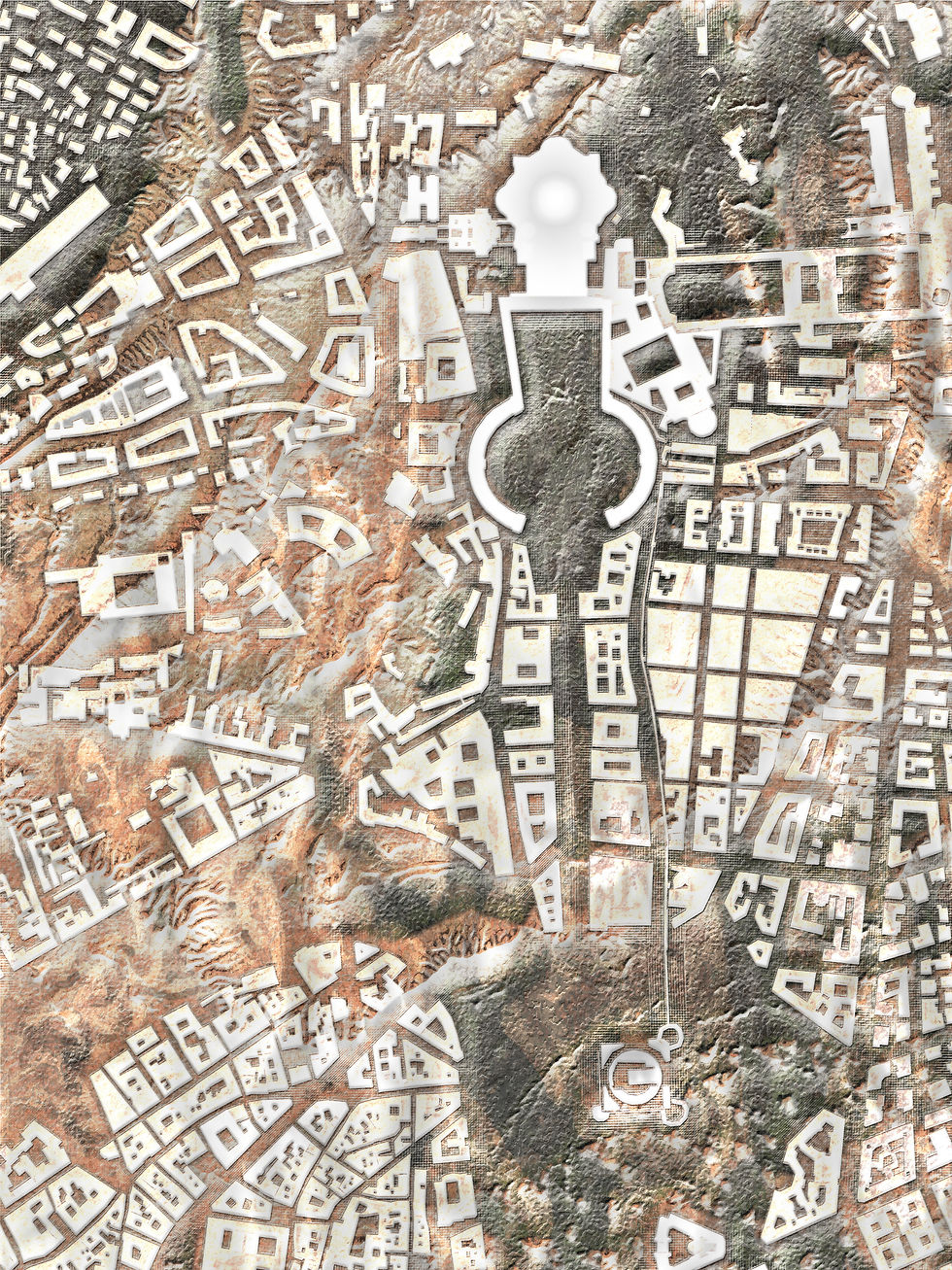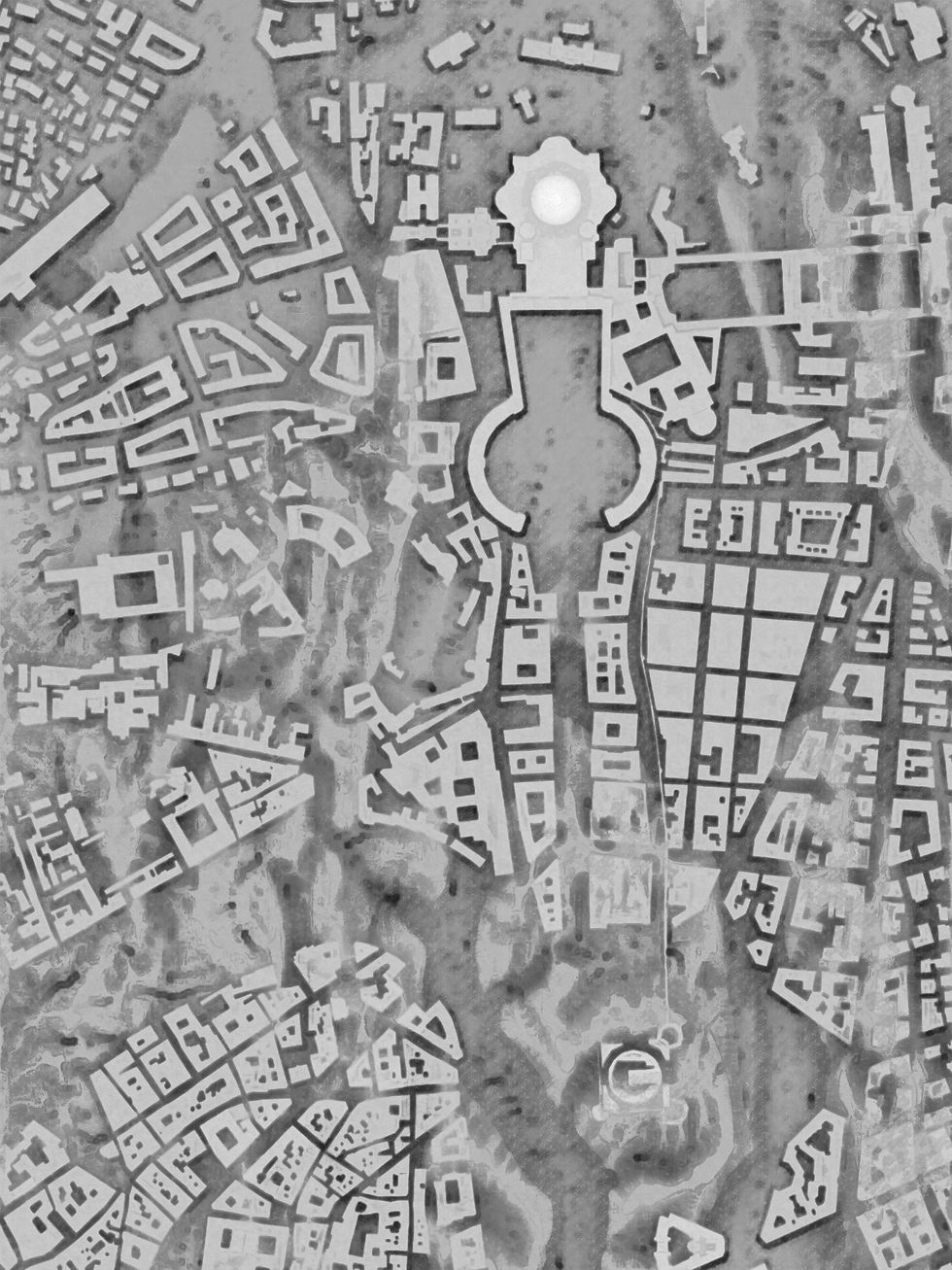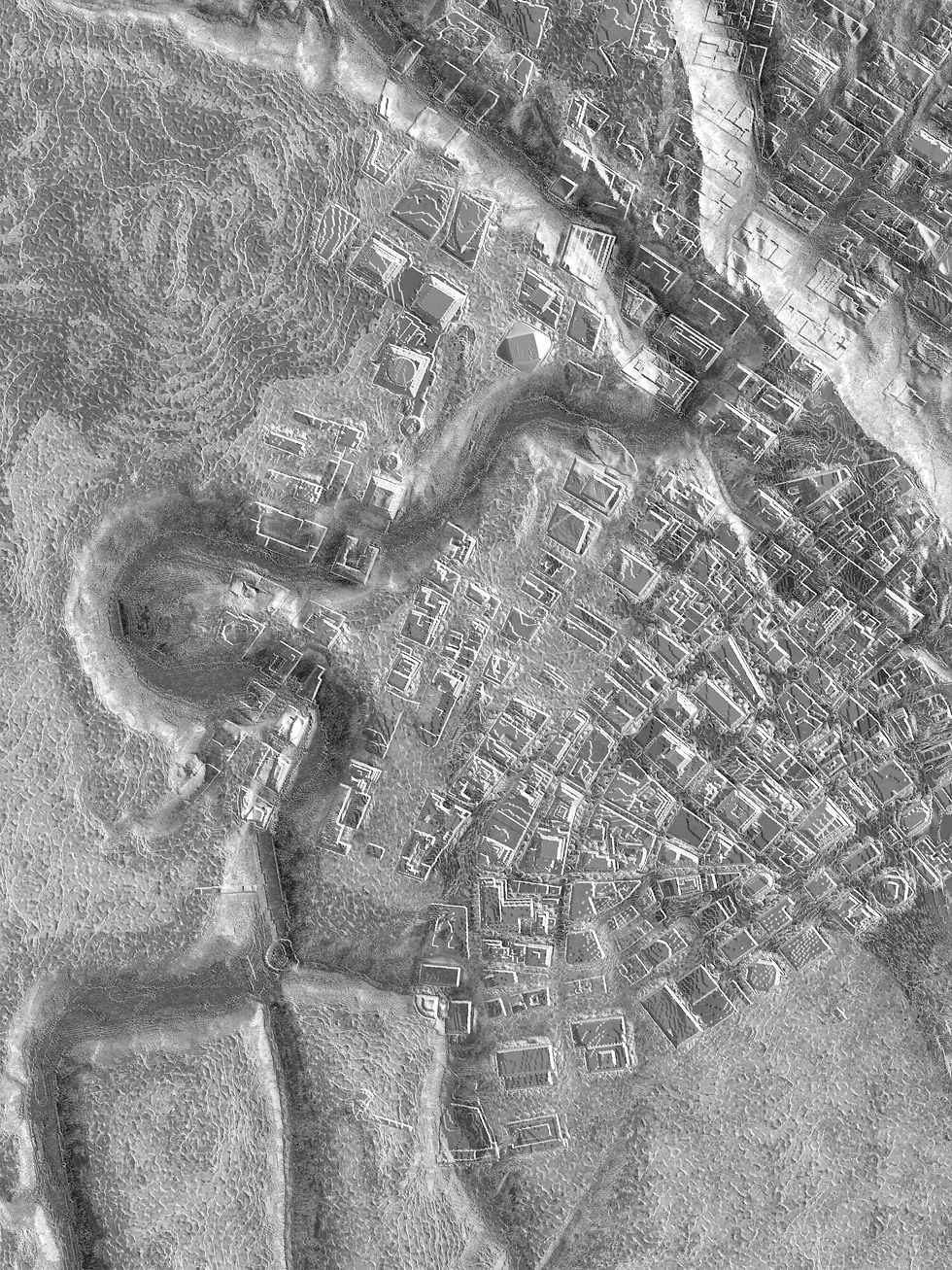
Cognitive Geography
Design Research | Fall 2019
Cognition is the mental action or process of acquiring
knowledge and understanding through thought, experience, and the senses.
Augmented is the potential of the digital to become physical
whereas Prosthetic is the potential of the physical to become
digital.
Cognitive geography is the study of human understanding
of space, place, and environment with the goal of addressing
the factors that influence our spatial cognition to create a
more effective representation of space.
Designing with the use of prosthetic intelligence creates the opportunity to fully embrace and utilize ever expanding knowledge through data. Designers can harness and manipulate quantitative and qualitative inputs and represent them in as qualitative outputs. Using Prosthetic Intelligence specifically, the quantitative and qualitative properties extracted are digitally manipulated and represented. It is the output of this in which a newly formed aesthetics can begin to emerge. But like any literal prosthetic, the
qualitative input is necessary to create a quantitative output. Within this new aesthetic the concept of cognition as a way to differentiate from artificial intelligence, parametricism, and data driven design by defining experience, senses, subjectivity, and objectivity as primary design tools. We can begin to harness these new tools as ways of creating new relationships and new aesthetics with ideas such as familiarity, nostalgia, and pop-culture. By transitioning into a cognitive yet data centric approach, the qualitative properties of objects become, once again, the center, and the prosthetic begins to only supplement and not drive the end result. For instance the data extracted from urban environments and natural landscapes can begin to influence each other only because there is a physical input, an intentional manipulation, and a subjective interpretation. But we only notice this when, again, the qualitative properties created by the designer make us cognizant.








